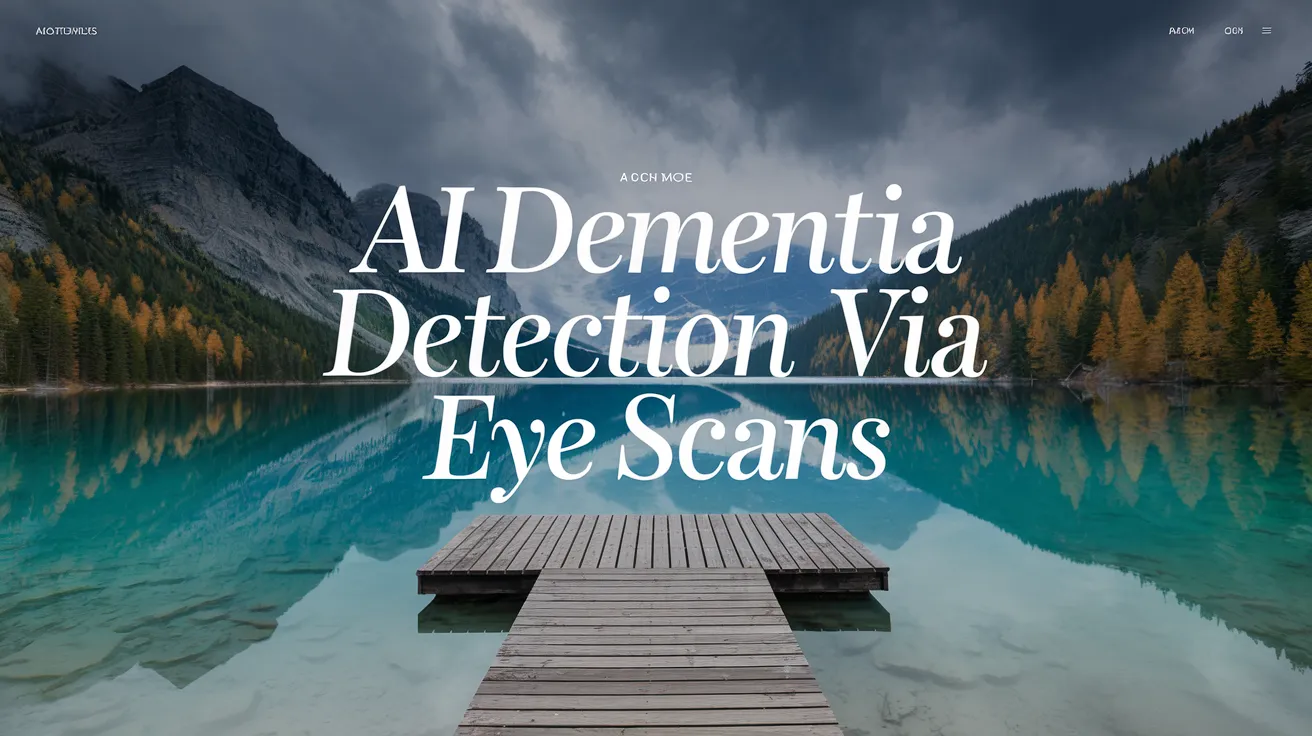AI Dementia Detection via Eye Scans

High street opticians could play a pivotal role in identifying individuals at risk of dementia by detecting unique patterns in the retinas of those experiencing early stages of cognitive decline. This innovative diagnosis would occur during routine eye examinations, leveraging advancements in artificial intelligence.
The new AI technique, known as Quartz, allows for the analysis of eye scans to quickly identify significant variations in the shapes and sizes of retinal blood vessels. This technology measures the width and the manner in which these tiny veins and arteries, referred to as arterioles and venules, twist and curve. By studying the retinal blood vessels—which serve as extensions of those in the brain—researchers can explore non-invasive methods to analyze characteristics indicative of blood supply and brain health, ultimately looking for signs of neurodegeneration.
A team from City St George’s, University of London, utilized Quartz to conduct eye scans on over 63,000 participants aged 40 to 69, assessing their cognitive function through a combination of memory tests, reaction time, and intelligence measures. They discovered that participants with narrower retinal blood vessels exhibiting unique twisting patterns correlated with lower scores in cognitive testing. These findings were meticulously adjusted for age, sex, and ethnicity, solidifying the link between retinal health and cognitive decline.
Scientists speculate that alterations in retinal blood vessel structure may reflect reduced blood supply to the brain, potentially signaling early indicators of conditions like dementia and Alzheimer’s. Professor Chris Owen, lead author of the study funded by Alzheimer’s Research UK and published in the journal Alzheimer’s & Dementia, emphasized that this technique could eventually be “seamlessly embedded” into routine procedures at high street opticians and eye clinics, providing a fast, cost-effective way to identify individuals at risk without invasive testing.
David Thomas, head of policy for Alzheimer’s Research UK, hailed the potential for routine eye tests to act as a gamechanger in early dementia detection. He noted that integrating eye scans with existing diagnostic methods, such as brain imaging, would enable a comprehensive understanding of a patient’s condition, ensuring timely and appropriate support.
While there are currently no cures for neurodegenerative diseases like Alzheimer’s, the prospect of an early detection method raises important considerations. Thomas reassured that only individuals who opt for a retinal scan aimed at revealing cognitive decline would undergo such testing. Moreover, he cautioned that it may take another five years before this technique becomes widely available to the public, coinciding with the potential introduction of effective dementia treatments on the market.
As we approach an era with promising therapies, the ability to identify individuals in the preliminary stages of dementia through eye scan tests may become invaluable for patient care and management.